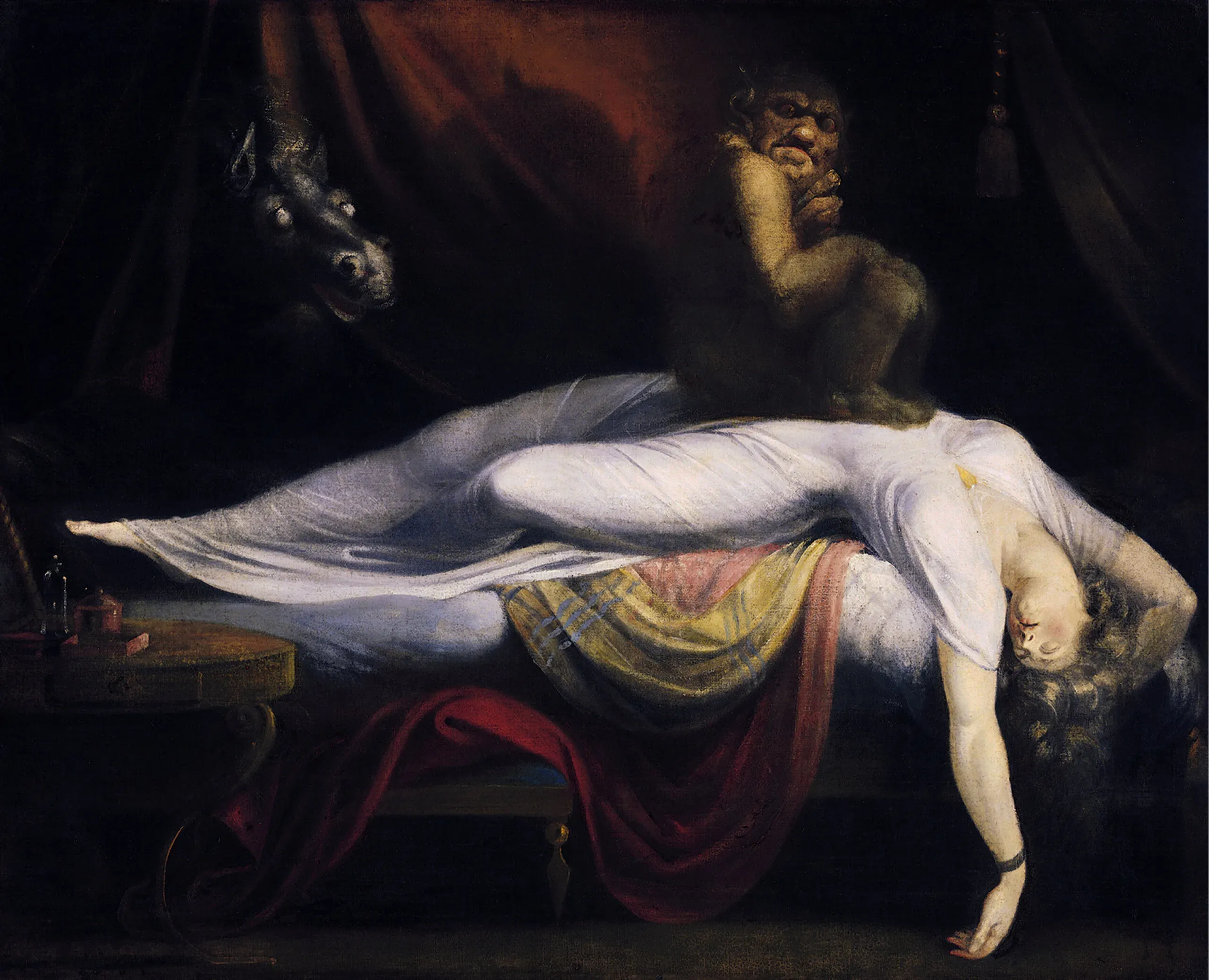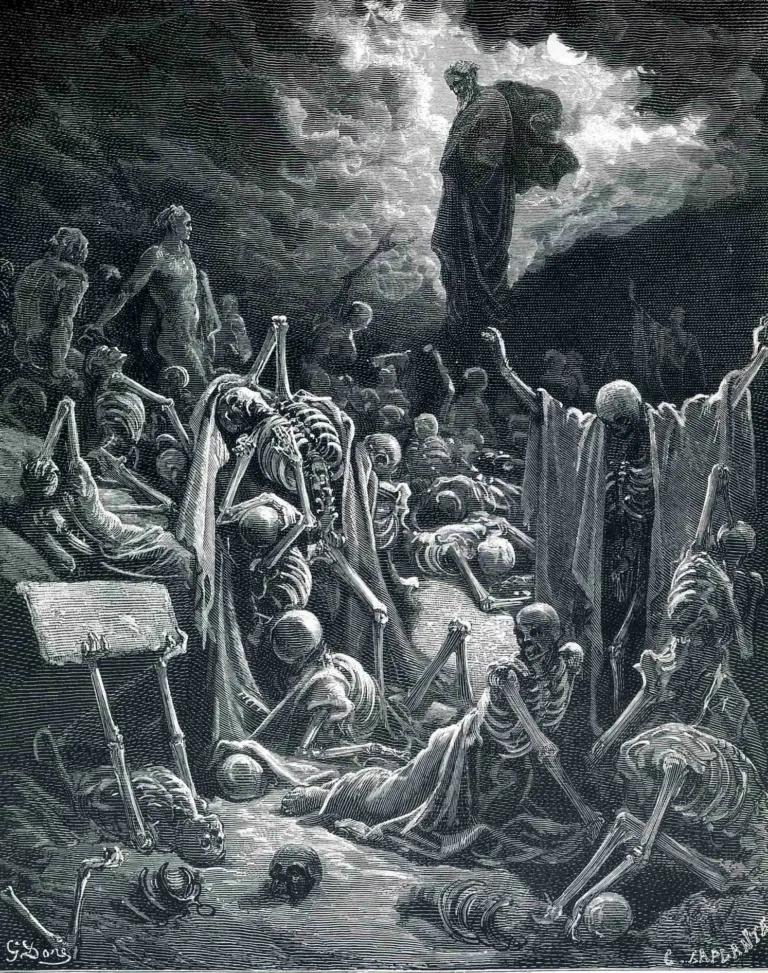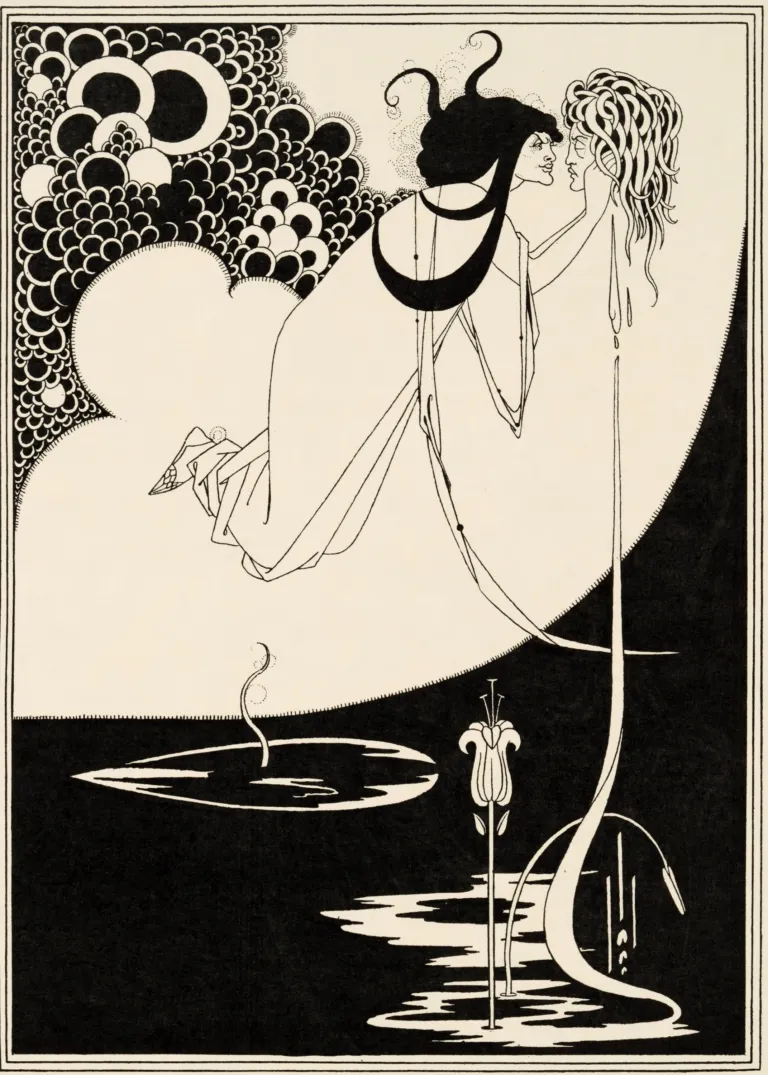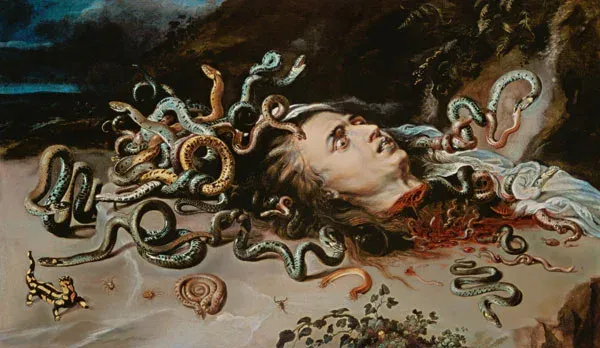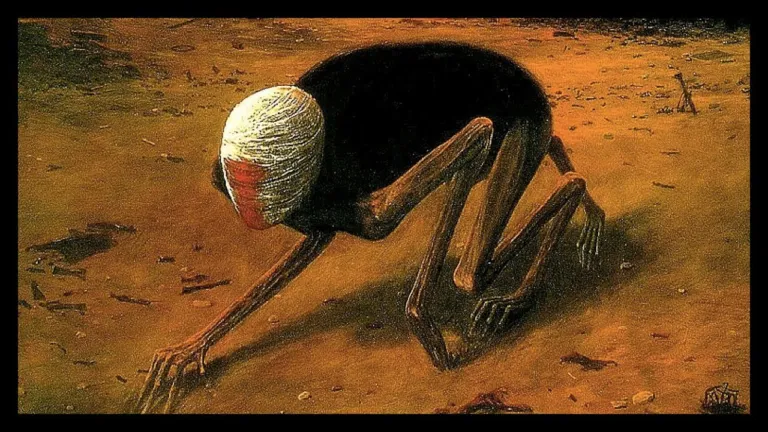The Nightmare
“The Nightmare” by Johann Heinrich Füssli: A Journey into the Darkness of the Mind
Introduction
“The Nightmare,” painted in 1781 by Johann Heinrich Füssli, is a pre-romantic masterpiece that delves into the realms of imagination and the irrational. This work, also known as “The Nightmare,” stands out for its emotional intensity and visual impact.
Description of the Work
The painting depicts a nocturnal scene in which a young woman lies asleep, vulnerable, while a demon or nightmare torments her. The demonic figure, with its distorted face and sharp claws, embodies the darkness of the human mind. The woman, trapped between sleep and wakefulness, represents the fragility of the human soul during slumber.
Symbolism and Meaning
The painting is imbued with romantic and gothic symbolism. The demonic figure can be interpreted as a manifestation of the artist’s fears, nightmares, and obsessions. The presence of a menacing winged horse adds a dreamlike and fantastical element, suggesting a thin boundary between reality and imagination.
Füssli’s Artistic Style
Johann Heinrich Füssli was known for his theatrical and dramatic approach to painting. His works often explore the darkest recesses of the human psyche, anticipating the themes of romantic art. The use of light-dark in the painting creates an intense and mysterious atmosphere.
In Conclusion
Füssli’s “The Nightmare” continues to intrigue and inspire art lovers, unveiling the depths of the human psyche and offering a glimpse into the fusion of reality and imagination in pre-romantic art.

